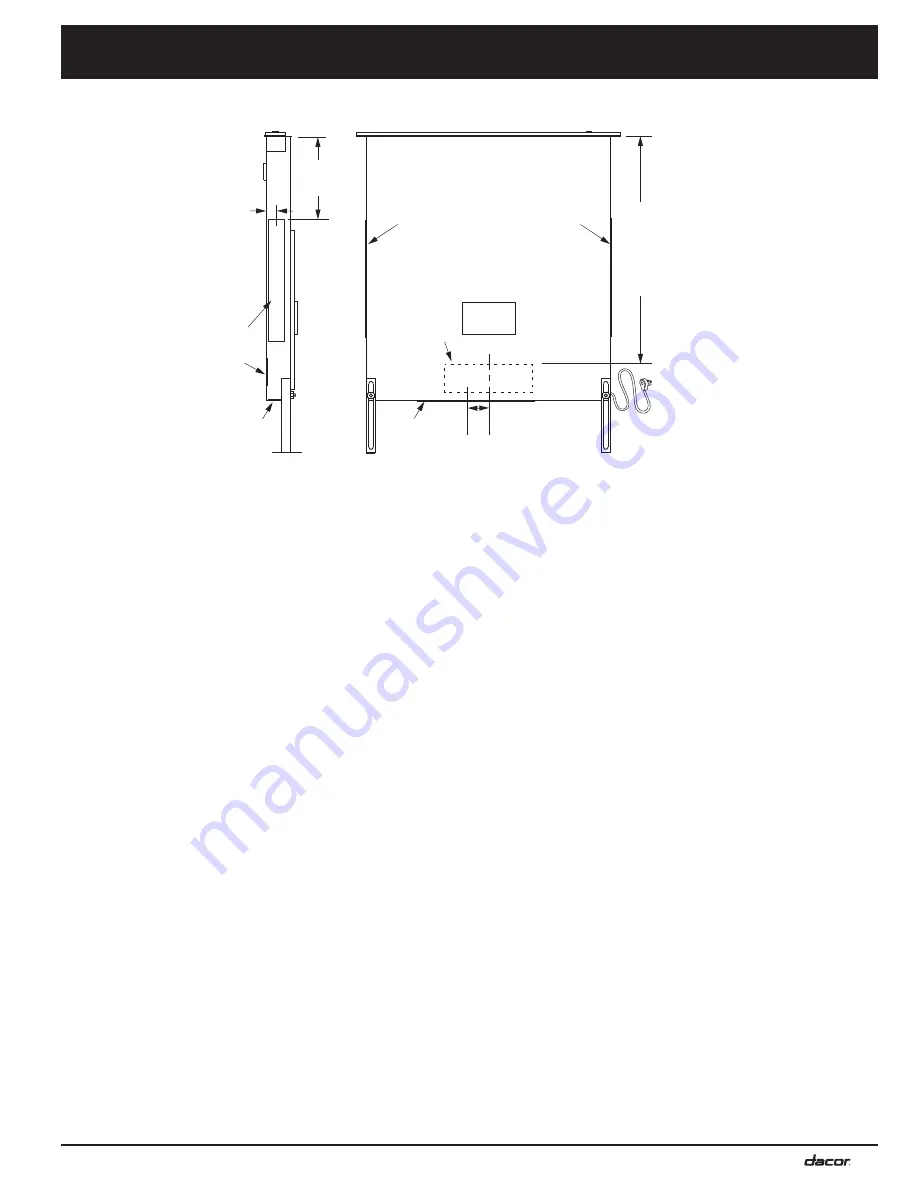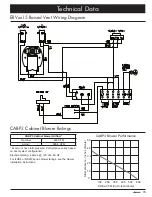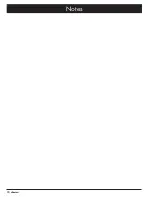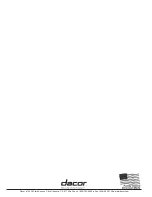
7
Duct installation requirements for all blowers:
•
All duct work materials (including screws and duct tape)
must be purchased separately by the customer.
•
When planning new duct work, always look for the
shortest, most direct route to the outside. See page
5 for examples.
•
You can increase the duct size over the duct run if
desired. To prevent a back draft, never decrease the
duct size over the run.
•
Do not rely on duct tape alone to seal duct joints.
Fasten all connections with sheet metal screws and
tape all joints with certified silver tape or duct tape.
Installation Specifications
Rear exhaust knock-out (3 ¼” x 10”)
3”
Vertical center line of rear exhaust knock out lines up with vertical
center line of chassis
On 46” and 48” wide models, the vertical center line of bottom knock-
out lines up with vertical center line of chassis
On 30” and 36” wide models, the vertical center line of bottom knock-
out is offset 3”
Side exhaust knock-outs (1
5
/
8
” x 16”)
Bottom exhaust knock-out (1
5
/
8
” x 16”)
Motor
cover
Front of unit
26" (66.0 cm)
6 1/4"
(15.9 cm)
1 1/8"
(2.9 cm)
CL
CL
CL
Exhaust Knock-out Locations for Use with
REMP and ILHSF Series Blowers
•
Use sheet metal screws as required to support the duct
weight.
•
To prevent back-drafts, a damper at the duct outlet may
also be required.
•
Make sure duct work does not interfere with floor joists
or wall studs.
•
With concrete slab construction, “box-in” the duct work
and blower wiring to prevent collapsing or other dam-
age when the wet concrete is poured.
•
Cross-drafts or air currents from adjacent open win-
dows or doors, heating/air conditioning outlets, ceiling
fans and recessed ceiling lights reduce vent efficiency.
•
System exhaust location (see page 6) must take
into account accumulated snowfall, where applicable.
Summary of Contents for ERV3015
Page 18: ...16 Notes ...
Page 19: ...17 ...






































